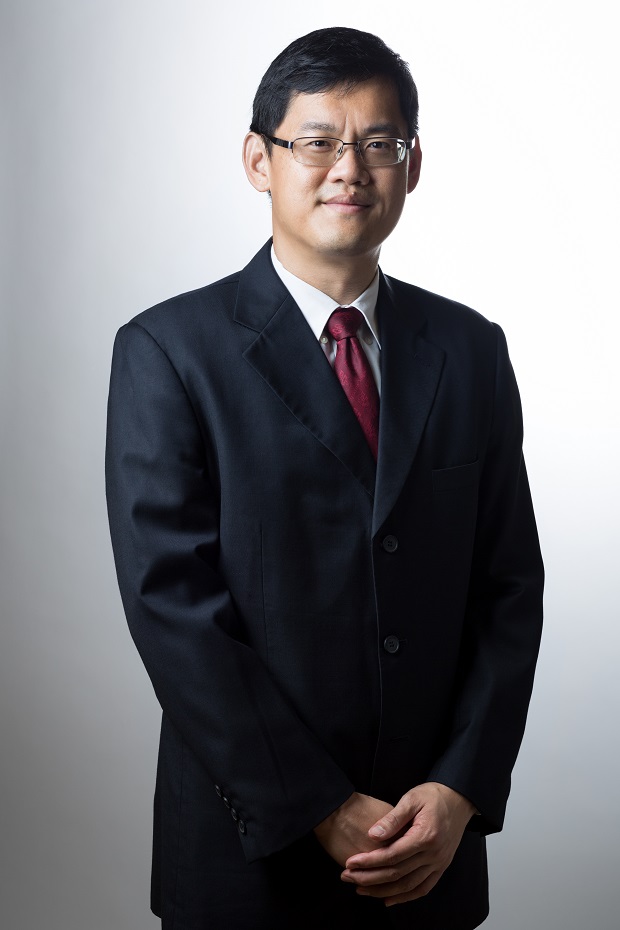Singapore must continually improve its healthcare system to meet the needs of our ageing population and generations to come.

We are blessed with a world-class healthcare system. According to a 2020 report by the Department of Statistics Singapore, we have an average life expectancy of 84 years, which is one of the longest in the world.
Better living environment, nutrition and healthcare advances have prolonged our lifespan, yet this is accompanied by an ageing population, with more people living with chronic diseases from a younger age, as well as the rise of unhealthy lifestyle behaviours or choices.
According to
The Burden of Disease in Singapore report from 1990 to 2017, the life expectancy of Singaporeans increased by about 10 years, but healthy life expectancy increased by only 7.2 years, to an age of 74.2 years. This means that Singaporeans may live in a state of less-than-desirable health for the last decade of their life.
More can be done to keep Singaporeans healthy in their golden years.
Read more: Find out why Singaporeans are living longer and tips for a longer life
Coordinated efforts
The importance of promoting a healthy lifestyle by nudging Singaporeans to make necessary lifestyle changes is paramount. Apart from promoting positive habits, such as maintaining a balanced diet and regular exercise, our regional health system must coordinate efforts to engage the communities around us to improve population health.
Changi General Hospital (CGH) has been actively engaging the communities around us to provide a continuity of care from hospital to home. It collaborates with key community partners to run programmes, such as the Exercise is Medicine Singapore (EIMS), Health Peers and Neighbours for Active Living, Eastern Community Health Outreach (ECHO) programmes, and the Steady Feet Programme – Silver (STEPS).
Focus on primary care
Family physicians are well placed to build long-term and meaningful relationships with patients; our role is not just to diagnose and manage medical conditions, but also to promote good health among the community.
From my experience as a family physician, we are equipped with general clinical skills to take care of Singaporeans from birth till end of life. Many of us become a family friend to our patients, taking care of two to three, and sometimes even four generations within their families. During my seven years at Sengkang Polyclinic, I used to take a 40-minute walk to work daily from Punggol to Sengkang. This gives me the opportunity to meet some of my staff and patients, together with their families, in the neighbourhood. Later, I was heartened to know this inspired some of them to walk more!
Three years ago, the Ministry of Health introduced the Primary Care Network. Participating General Practitioner (GP) clinics are supported with a care team of nurses and care coordinators from the public healthcare institutions to work with GPs to improve the coordination of care for people living with chronic diseases.
These efforts anchor population health within the primary care setting, close to where Singaporeans live and work. The main objective is to bring care right into the heart of our communities, and reduce the reliance on hospitals or polyclinics.
CGH has also been collaborating with healthcare partners to integrate care for the community in the eastern region of Singapore. With the General Practitioner Chronic Care (GPCC) programme, patients with chronic conditions can now receive follow-up care and treatment from GPs, instead of at the hospital. Through this right-siting programme, patients benefit from visiting clinics located closer to their home and have someone familiar with their medical history advising them.
Digital healthcare
In the next lap, CGH will be focusing on leveraging data, technology and innovation to transform the way healthcare services are delivered.
An example is “Pepper”, a robot that conducts group activities for senior patients, including those with functional decline, dementia or delirium. The speaking robot provides simple instructions and can facilitate activities such as stretching exercises, short dance routines, cognitive stimulation therapy, and reminiscence therapy, thereby enhancing nursing care in a creative and interactive way. Such group activities also enable cognitive stimulation and increased opportunities for patients to engage in physical movement, reducing their risk of physical deconditioning.
Today, healthcare staff are no longer limited to face-to-face monitoring and feedback with patients. Instead, teleconsultations have brought doctors into the comfort of the patients’ homes.
In 2021, CGH was ranked among the top 40 of 250 of the World’s Best Smart Hospitals by Newsweek, making us the “smartest” acute hospital in Singapore.
The road ahead
CGH will continue to work closely with SingHealth Polyclinics, GPs and social service agencies to identify opportunities to improve the long-term health outcomes of our population.
I hope that by building a healthier population and futureproofing our healthcare system, we will create a healthier future not just for myself when I retire, but also for many generations to come.
Get the latest updates about Singapore Health in your mailbox! Click here to subscribe.
Tags:
;
;
;
;
News Article;Publication;
;
Changi General Hospital;SingHealth;
;
Singapore Health;
;
;
;
;
Singapore Health
